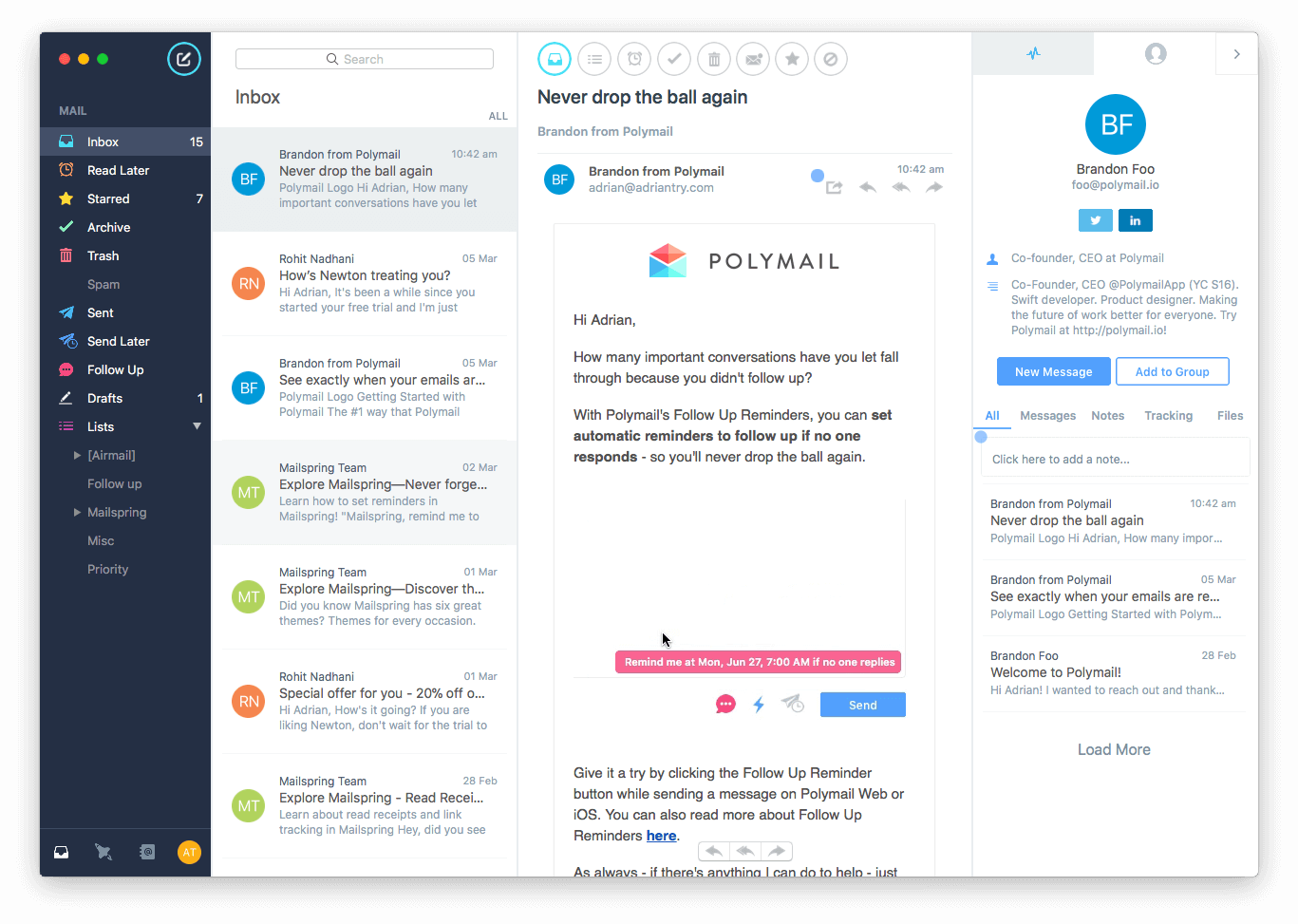
Outlook For Mac Private Group Messages
By default, Outlook displays the number of unread messages on most Mail folders. That’s handy on the “Inbox” folder, but what if you want to know how many total messages (unread and read) there are in other folders, such as the “Deleted Items” folder or? It could be helpful to know when you get so many messages in your “Deleted Items” folder that you should empty it, or how many messages are in your custom “Pending Reply” folder waiting for you to take action and send replies. You can change which Mail folders show unread messages and which show total messages. We’ll show you how. NOTE: The “Drafts” and “Junk E-mail” folders, as well as the “For Follow-Up” Search folder (if you’ve ), show the total number of messages by default.
Solution: Since it's a MS product, it's going to be a MS solution.If there is a log generated by Outlook for this problem, you would find it in the Console A standalone Mac running Outlook 2016 for Mac has an outgoing message stuck in the Outbox. Cheat Sheet - Outlook Mac Mail Organize your Inbox Find specific messages Train your Focused Inbox Select the Focused or Other tab, and then right-click the message you want to move. For instance, from Focused, choose Move to Other or Always Move to Other.
We discuss how to change additional settings for the “Junk E-mail” folder in our article about. Unread messages on a Mail folder display as a bold, blue number next to the folder name, as shown below. We’ll leave the “Inbox” folder displaying the unread message count, but we’ll change the “Deleted Items” folder to display the total message count to remind us to empty that folder once in a while. To do this, right-click on the “Deleted Items” folder (or a Mail folder of your choosing) and select “Properties” from the popup menu. The “Properties” dialog displays for the selected folder. On the “General” tab, select the “Show total number of items” radio button and click “OK”. The “Deleted Items” folder now show the total number of messages, both read and unread, in the folder, rather than the number of unread messages.
When you change the message count setting for a folder in your “Favorites”, the change applies to the folder in both places: the “Favorites” and the Mail folder list. NOTE: You cannot change the message count property for multiple Mail folders at the same time.
You must change it one folder at a time.

This page will walk you through some common Address Book and Contact management tasks in Outlook 2013/2016. Contact the if you have any issues or questions. Creating a Contact Group 1. In Microsoft Outlook 2013, Click the Home tab. Select New Items, hover over More items, then click on Contact Group to open the window. In the Name: box, type the name of for the Contact Group. 3. On the Contact Group tab, select the show Members section.
Next, click Add Members and Select from the options From Outlook Contacts, From Address Book, or New E-Mail Contact. 4. Depending on how you want to add the contacts choose from the following and perform their steps. • If you are adding a New E-mail Contact, enter the information for the person in the Add New Member window that pops up. • If you are adding a member from Outlook Contacts or an Address Book, do the following: • In the Address Book drop down list, click the address book that contains the email addresses or people you want to add and highlight them. • Once the names have been highlighted, click Members. You can add names from different address books to the same Contact Group. Do this for each person whom you want to add to the Contact Group.
QuickBooks has reports that are relevant to specific kinds of businesses. You can customize these reports to suit your unique business. For example, if you do projects for customers, customize the Profit & Loss report with a Customer column to see your profits by project. (R1.4) You can mouse over a category or tag to see a total, or click a category or tag to see all the transactions that are assigned to that category or tag. (R2) Category Summary (R2.1) The Category Summary provides a breakdown of all your spending by category. People come to QuickBooks Learn & Support for help and answers—we want to let them know that we're here to listen and share our knowledge. We do that with the style and format of our responses. Select QuickBooks for Mac from the software drop down list. In the Checking Account box, enter the name of the bank account or select from the drop-down list. Click Customize to enter the account names exactly as they appear in QuickBooks Mac or select from the drop-down list. QuickBooks for Mac Free, Mac-friendly alternative to QuickBooks. ZipBooks has every tool you need to streamline your small business. Log in on any OS X or iOS device, including your iMac, Macbook, iPad, or iPhone to run everything in your small business on the go. Will quickbooks for mac let me make custom spending categories 2017.